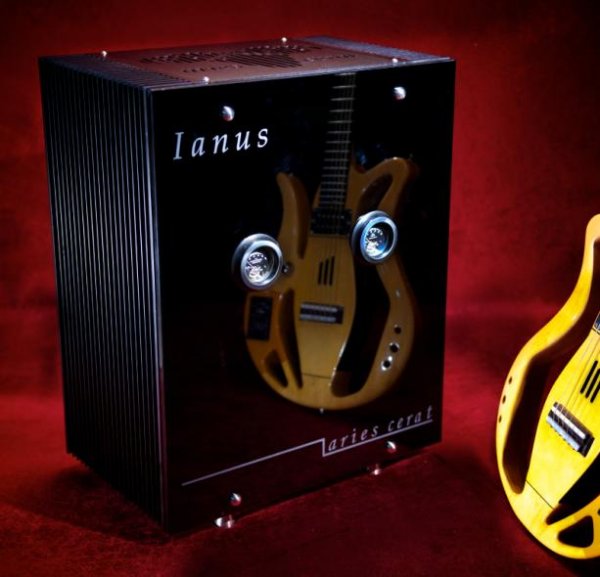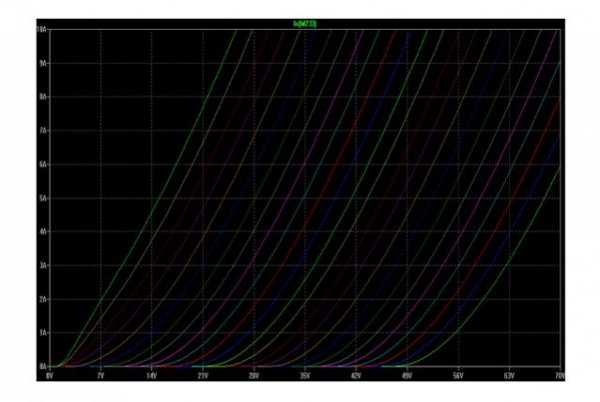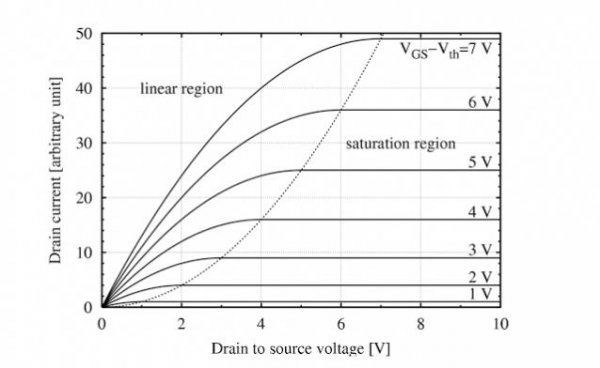Hello there
I was not aware of the poll,but since Josh initiated it,as well as i go along

I want to give some info regarding our new hybrid technology,with some background.Our hybrid technology is based on our Triodefet breakthrough,please forgive my blabber
What is Triodefet technology
Fets, of Field Effect transistors, used in many audio amplifiers, present characteristic transfer curves typically like the following.
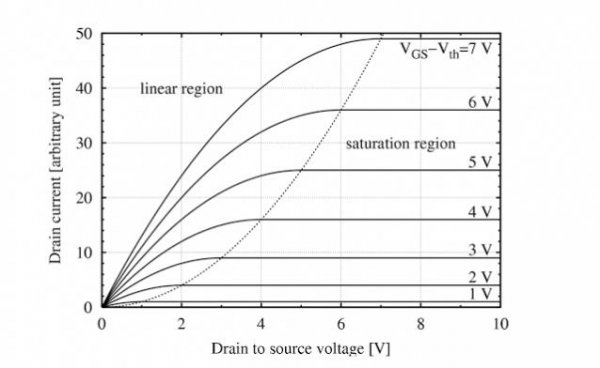
As seen in this graph, the Fet is not the most linear of active elements.All modern and vintage production Fets present non-linearities,as shown on the above graph that make the use of simple feedback-less topologies and designs unpractical, and when they do, often mediocre sounding.
Tubes on the other hand, is another story all together. Triodes are the most linear active element engineers came up to.
Below is characteristic transfer curves of a typical triode.
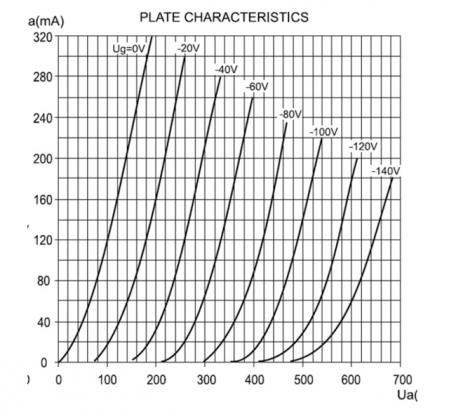
It’s linearity is unmatched by any silicon based active element . However, the triode is a high output impedance, high voltage/low current device, making the use of impedance matching transformers mandatory, when driving low impedance loads, such as our loudspeakers.
So…What if we had a low voltage /high current active device , that had the linearity of a triode?..
Here comes the Triodefet.
The Triodefet is a three terminal device, like any Fet or triode, that presents the low voltage/high current operating mode of a high power Fet, at the same time, it’s characteristic transfer curves are exactly like a high quality triode.
Below are the characteristic transfer curves of the Triodefet device.Notice that the curves triode -like and very linear.
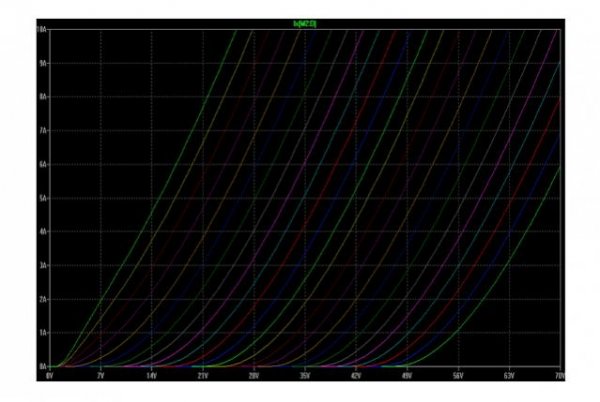
The TriodeFet can be used to design incredibly simple ,good sounding circuits, that could not be possible be designed otherwise.
Using the Triodefet device,we come up with very simple and straight forward designs,that have very high linearity, sourcing from the inherit linearity of the Triodefet.The Triodefet can be used in very high bandwidth circuits, without the use of global of local feedback,use of degeneration etc.



















